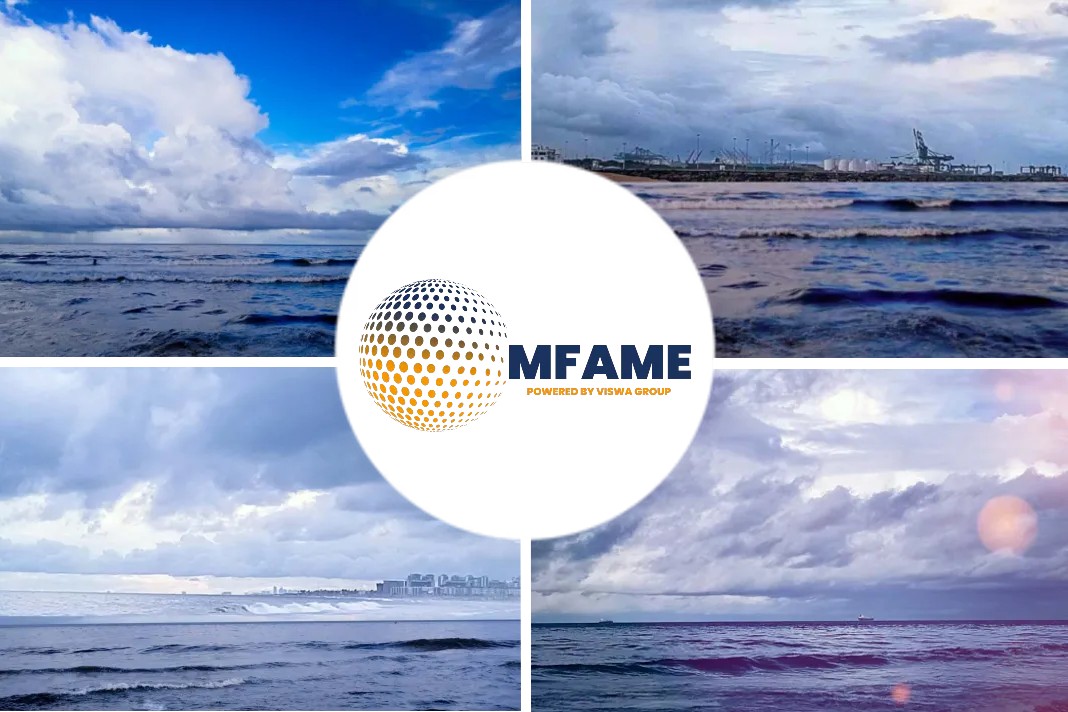- It has long been argued that shipowners are abstaining from orders because they fear future decarbonization rules won’t grandfather in today’s carbon-emitting newbuild designs.
- What’s happening now in container shipping implies that owners can overcome this fear if returns look high enough.
- Turns out, when things are good, people will still order even if they are concerned what type of fuel to use.
A recent Freight Waves news article written by Greg Miller reveals that the new containership building business is booming.
Latest update on container ships
According to the latest figures from Alphaliner, the orderbook as of Friday was 401 container ships totaling 3.63 million twenty-foot equivalent units (TEUs).
The orderbook is 15.3% of the on-the-water fleet’s capacity measured in TEUs, up from a multi-decade low of just 9.4% in mid-2020.
A tale of two quarters
As previously reported by American Shipper, Q4 2020 container-ship orders were dominated by so-called “megamaxes,” vessels with capacity of over 18,000 TEUs and 23-24 container rows on deck.
Most of the 25 orders were for carriers that didn’t have enough megamax capacity. These were mostly orders that had been previously expected.
For 2020 overall, almost all of the orders were for megamaxes or for smaller ships (2,500 TEU or below) used primarily for intra-Asia trades.
There were only a few “neo-Panamaxes” — ships of 12,000-16,000 TEU with 20 container rows on deck that can traverse the new Panama Canal locks.
There were virtually no orders in the midsize 5,000- to 9,000-TEU categories. Newbuilds were either very big or very small.
The new workhorse
In the larger categories, owners are ordering either megamaxes or neo-Panamaxes, but nothing in between.
Nobody is ordering 18,000-TEU ships. And I strongly feel that nothing will be ordered [in this size], simply because it doesn’t make sense.
Orders despite decarbonization specter
The common wisdom is that new orders in any shipping segment favor designs allowing for liquefied natural gas (LNG) as fuel.
LNG is viewed as a transitional choice before the switch to the new generation of fuels necessary to meet the International Maritime Organization’s 2050 decarbonization goal.
But this theory is not playing out in container shipping, the one segment where current fundamentals justify large-scale newbuild orders.
Liners opt to lease not own
According to Verberckmoes, “The main orderers are the NOOs, companies like Seaspan, Zodiac, Eastern Pacific and Capital Maritime. Carriers such as Evergreen, OOCL and Hapag-Lloyd accounted only for about one-fifth of all orders in Q4 and Q1. This is the same tendency we’ve seen for a number of years.”
Atlas Corp.’s Seaspan has been particularly aggressive.
It has ordered 31 newbuildings since December with an aggregate capacity of 451,000 TEUs, all with charters attached for durations ranging from six to 18 years.
Are speculative orders next?
Newbuilding orders by liner companies — or by NOOs with long-term charters to liners — do not raise red flags. What will raise red flags is speculative orders by NOOs with no charters attached.
The Alphaliner analyst emphasized, “The big question is whether there will be speculative orders, whether Greek or other companies will just say, ‘OK, we feel there will be a market for these ships. We will order them even though we don’t have a charter yet.’’
What this means to ports
Today’s orderbook trends offer an important signal to the world’s ports.
If you’re handling mostly midsized 5,000- to 9,000-vessels, expect to service ships twice that size in the years ahead.
“It’s clear that most ports are ready to handle 15,000-TEU ships. And there are a lot of 7,000-, 8,000-, 9,000-TEU ships still active in the trans-Pacific. They are getting older and they can easily be replaced.”
What this means to cargo shippers
There are not enough ships in existence to handle today’s containerized cargo demand. Thus, every new vessel order is a plus for importers and exporters. “Cargo owners would hope that there are even more orders and there will be overcapacity and prices will go back down again,” said Verberckmoes.
But recent orders are mostly for delivery in 2023. Shippers still face years of the vessel-supply status quo before a big wave of fresh capacity hits.
What this means to stock investors
The NOOs face the highest long-term risk from overcapacity. When markets collapse, as most recently occurred in 2016, charters get renegotiated or canceled.
“In the past, when volumes went down, the first thing carriers did was return chartered ships. So, the problem was not with the carriers, it was with the NOOs,” said Verberckmoes.
Given newbuild lead times, this potential risk is still years away. Furthermore, the orderbook is actually still too low, according to Fearnleys. It estimates that the orderbook-to-fleet ratio needs to grow to 17% just to cover cargo demand through 2023.
Did you subscribe to our daily newsletter?
It’s Free! Click here to Subscribe!
Source: Freight Waves























